
Photos in this blog entry
courtesy of Paul Taylor
courtesy of Paul Taylor
I don't know really where to begin this blog, it is 2am, I'm exhausted, have to share....
We have been working really hard to get everything done for our Open House this Saturday. Chris, Justin and Bob have been working hard to get the new skunk, possum, and coon caging in before our Open House. Since all of our existing enclosures have trees in them, Oscar is getting a brand new enclosure (without anything to injure himself on yet) to get some more exercise while continuing to heal. Lets hope the concrete company can come tomorrow.


We've had some great baby Possums and another fawn come in from another wildlife rehabber that we love to work with from Oneonta. We've had a lot of great animals come in that are fixable and will go back into the wild.
This past Sunday, the Sunday Gazette featured us as a front page cover story. The photographer and reporter did a first class job. We have gotten a lot of great feedback on it and I hope that it gets the word out about what we are doing. This past Thursday the Mountain Eagle also did a great story on us, I am flattered. I don't do what I do for PR, I do it because I love it and it is the right thing to do. I don't give or take compliments well, I feel relieved that people validate and appreciate what we do here at New York Wildlife Rescue Center. After around 20 years of saving animals, we are getting some recognition ... which I hope will help us continue to expand our facility so that we can help/house more animals in first class style. This has always been important to us. I will ask Gayle to get the stories up as a link so that you can read both articles.
Thanks, I really appreciate everyone's support; besides the checks, you can help our cause by telling everyone that you know about what we do. Encourage your address book to check out our website.
On Saturday, we had a great visit by some folks looking to adopt some rescue animals for their farm. I liked the couple and their farm manager a lot; they picked out some of the llamas that I rescued earlier this year from the big rescue. They decided to adopt several llamas, a goat and the old donkey that came in a few weeks back. I am purposely keeping their identity and privacy guarded. When I delivered the critters, I was pleased to see that these animals will be leading the good life (not like I would let anyone adopt anything that wouldn't be). It wasn't about the farm (which is something out of a magazine) -- money doesn't impress me unless it is used for good: used to help kids or animals. The animals will have a great life with them. What I liked most was the people. I meet some really bad people doing what I do. These folks love their animals as much as I do. They have the means to make sure these animals never have another care in the world. They are adopting some more animals from us this Sunday. It isn't about the money with me, although I need it to keep our rescue facility expanding, you don't need to have money to take great care of your animals. The people are what makes animals happy with love. Their housing, food, care will be second to none ... I'm thrilled and they can adopt whatever they want, I just hope that they don't adopt too many animals to enjoy them or get to know them. But I know that they will be very involved in the lives of their animals. The animals that we've rescued here are very fortunate to be with them. I love a story with a happy ending. I really couldn't be happier about where the animals are living. They are going to adopt a few more animals and I cant wait to take them to their great new home.
Today all of our high school students started work at New York Wildlife Rescue Center. It was like a fairground here with parents dropping off kids; we have a total of 20 volunteers under the age of 20 years old. After an orientation meeting with me, I gave them a tour of the farm. Workforce Solution is a great program. They get these kids working, making money, stay out of trouble and they worked hard today. We got two pasture sheds painted today, chores, cleaning and even had time to start painting the fences. Many hands can make light work and I look forward to working with all of these students daily until the end of the summer.
To our helpers: I will teach you a lot about animals, hard work, ethics and we will have a lot of fun also. We'll have 3 different shifts at the Center this summer. One group will work 8-1, the next group will work 1 to 6, the last group are the construction guys (mostly former students that worked at the facility in high school) who often volunteer after their jobs until midnight. I will work along side of all of you, I will always be the last one to sit down ... unless I have to feed something.
Going on 3 am. Time to feed the baby bat and get some shut eye....
Till tomorrow, another day,
Wes











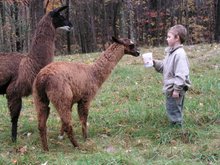
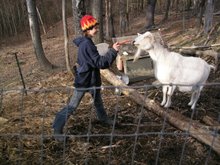

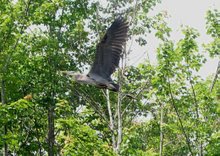

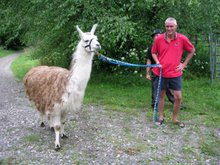
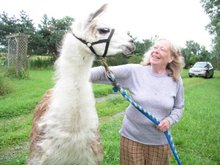
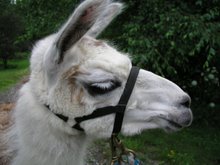








1 comment:
I love your blog. I have to admit, seeing the critters and hearing about good deeds just warms my heart and makes a day where people cut me off in traffic and give me the finger seem inconsequential.
Post a Comment